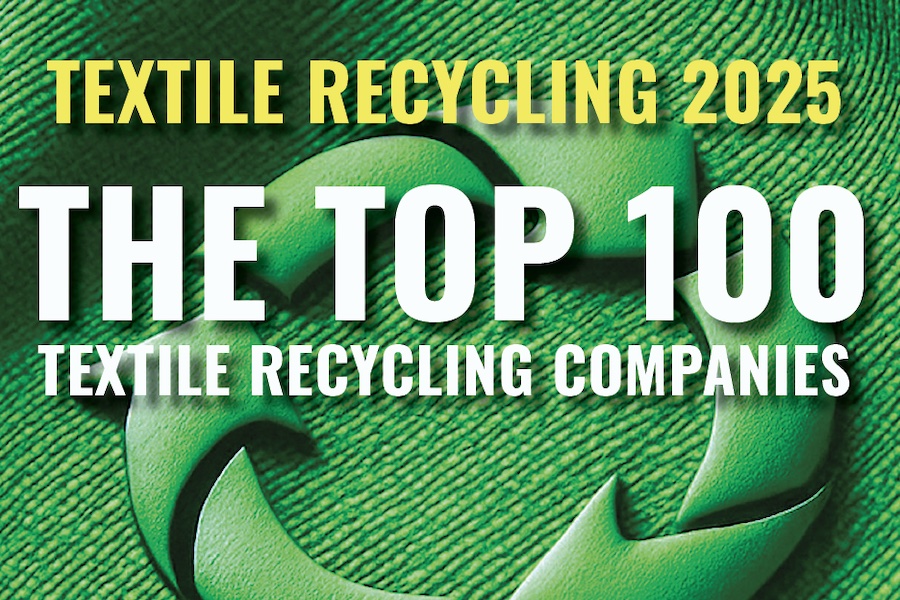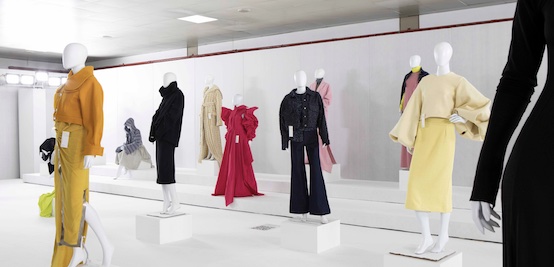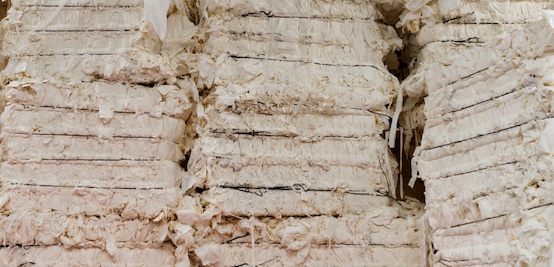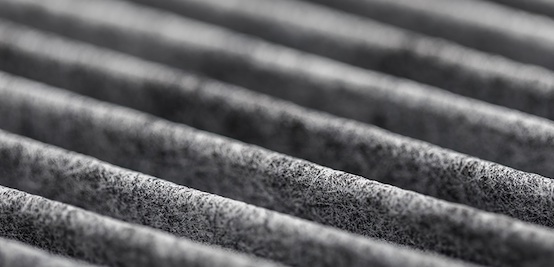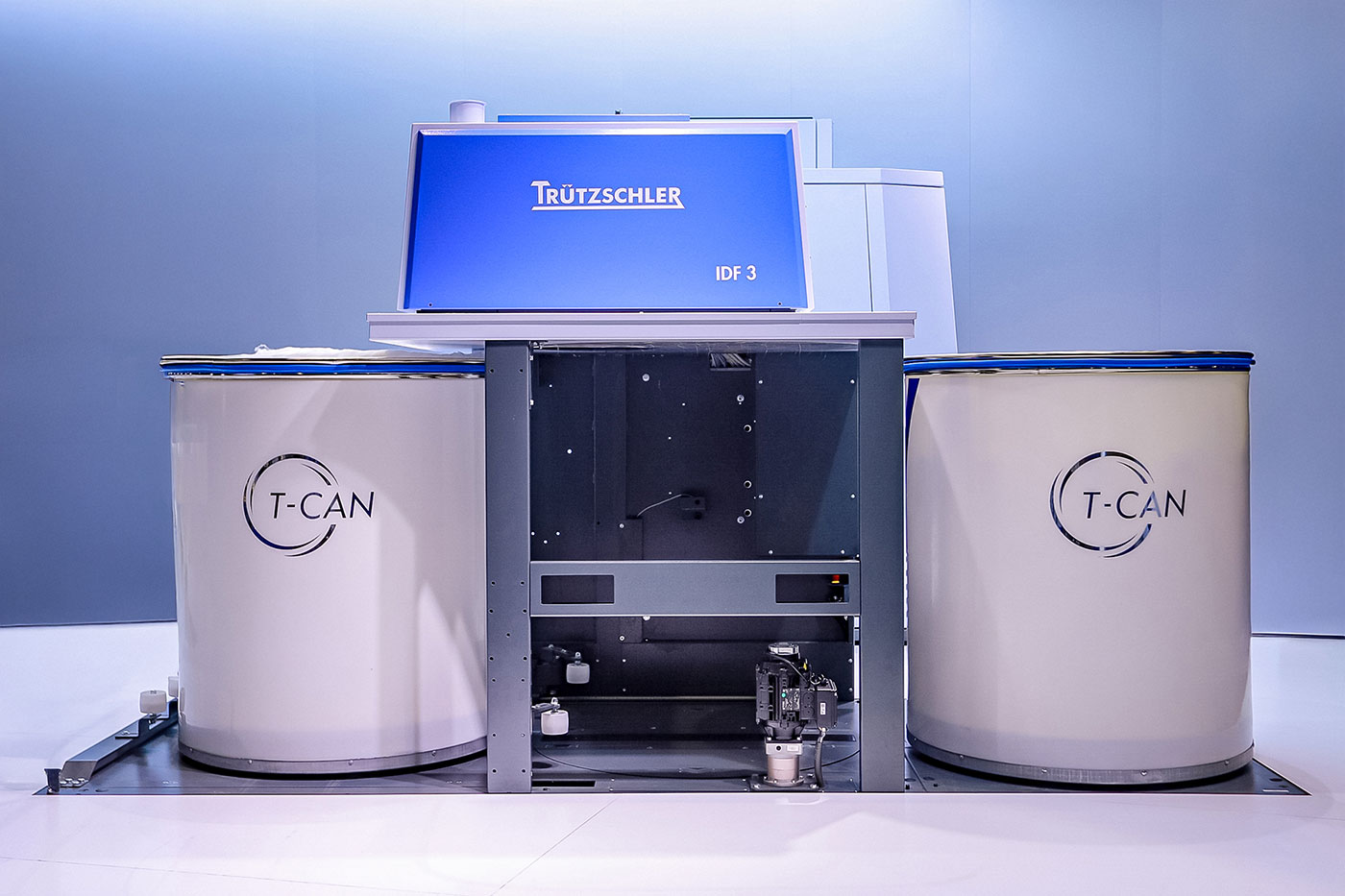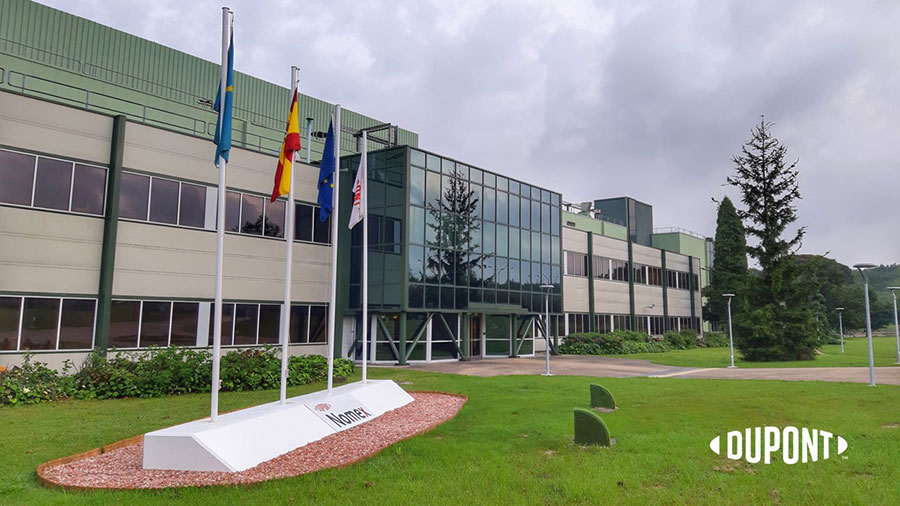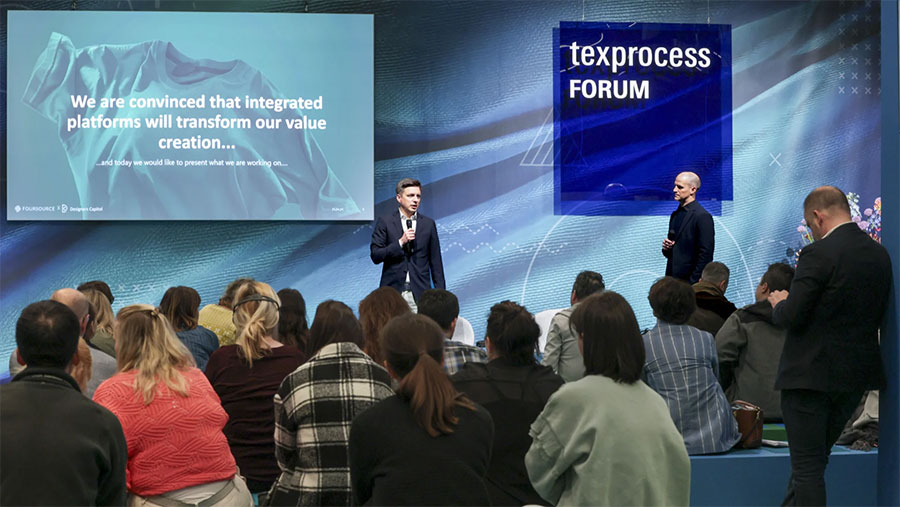#Market Analysis & Forecasts
Worldwide automotive fabric industry to 2030 - Increasing demand for eco-friendly automotive fabric materials is driving growth
The global automotive fabric market size is expected to reach USD 49.79 Billion in 2030 and register a revenue CAGR of 4.4% over the forecast period, according to a latest report. The automotive industry has been witnessing a steady growth in the recent years, which is projected to continue over the coming years.
The rise in demand for luxury vehicles and growing disposable incomes of consumers are some of the major factors driving the market growth. Key factors driving industry growth are increased demand for vehicles, technological advancements in fabric manufacturing, and growing preference for luxury cars. However, high cost of raw materials and stringent environmental regulations are restraining the growth of the automotive fabric market.
Furthermore, increasing government regulations and environmental concerns are projected to drive the automotive fabric market during the forecast period. For example, the European Commission has implemented several directives and regulations to reduce the environmental impact of vehicles. The directive on end-of-life vehicles (ELV) was implemented in 2000 to ensure that the vehicle is recycled and reused at the end of its life.
Automotive fabric are made of woven cloth or other textile materials that are used in the construction of automobiles. These fabrics can be used for a variety of applications, including upholstery, carpeting, and floor mats. There are a wide variety of automotive fabrics available on the market, each with its own unique set of properties.
Some Key Highlights in the Report
Polyester segment is expected to account for considerably large revenue share over the forecast period due to widespread usage of the product in automotive fabric applications. Polyester automotive fabrics are used in seats, door panels, headliners, and carpets & floor mats among others. Moreover, polyester fibers offer high tear resistance and flexibility, which is projected to fuel the segment growth over the forecast period.
Cotton automotive fabrics are expected to grow at a moderate rate over the forecast period. The product is widely used in seat covers, side panels, and headliners among others. Moreover, cotton automotive fabrics offer high absorbency and are comfortable to sit on, which is projected to fuel the segment growth over the forecast period.
Nylon automotive fabrics are expected to grow at a significant rate over the forecast period. The product is widely used in seat covers, door panels, and carpets & floor mats among others. Moreover, nylon automotive fabrics offer high resistance to abrasion and are durable, which is projected to fuel the segment growth over the forecast period.
PVC (Polyvinyl chloride) automotive fabrics are expected to grow at a rapid rate over the forecast period. The product is widely used in seat covers, door panels, and carpets & floor mats among others. Moreover, PVC automotive fabrics offer high resistance to abrasion and are durable, which is projected to fuel the segment growth over the forecast period.
Passenger vehicle segment is expected to account for largest revenue share in the global automotive fabric market between 2022 and 2030 owing to growing demand for comfort and luxury in passenger vehicles. Increasing preference of consumers for SUVs over sedans is also expected to drive growth of the automotive fabric market in passenger vehicle segment during the forecast period.
Market Dynamics
Drivers
Increasing demand for eco-friendly automotive fabric materials
Rising adoption of water, fire, and Ultraviolet (UV) rays resistant automotive fabric
Increasing demand for automotive accessories among consumers
Rising consumer preference towards modified interiors of passenger cars
Restraints
Concerns regarding low moisture absorbency of automotive fabrics
High-cost of raw materials
Concerns regarding quality, durability, and sun protection of automotive fabrics
Companies Mentioned
Adient Plc
Lear Corporation
Toyota Boshoku Corporation
Seiren Co. Ltd.
Suminoe Textile Co. Ltd.
SRF Limited
Grupo Antolin Irausa
S.A
Heathcoat Fabrics Limited
Aunde Group SE
Tesca Technologies Pvt. Ltd
For the purpose of this report, the publisher has segmented the global automotive fabric market based on fabric type, application, vehicle type, and region:
Fabric Type Outlook (Revenue, USD Billion, Volume, Million, Square Meter; 2019-2030)
Polyester
Leather
Vinyl
Nylon
Suede
Others
Application Outlook (Revenue, USD Billion, Volume, Million, Square Meter; 2019-2030)
Floor Covering
Pre-assemble Interior Component
Upholstery
Air Bags
Safety Belts
Tires
Others
Vehicle Type Outlook (Revenue, USD Billion, Volume, Million, Square Meter; 2019-2030)
Passenger Vehicle
Commercial Vehicle
Light Commercial Vehicle
Heavy Trucks
Buses & Coaches
Regional Outlook (Revenue, USD Billion, Volume, Million, Square Meter; 2019-2030)
North America
U.S.
Canada
Mexico
Europe
Germany
U.K.
France
Italy
Spain
Sweden
BENELUX
Rest of Europe
Asia-Pacific
China
India
Japan
South Korea
Rest of APAC
Latin America
Brazil
Rest of LATAM
Middle East & Africa
Saudi Arabia
UAE
South Africa
Israel
Rest of MEA
For more information about this report visit:
https://www.researchandmarkets.com/r/bmt5ja



